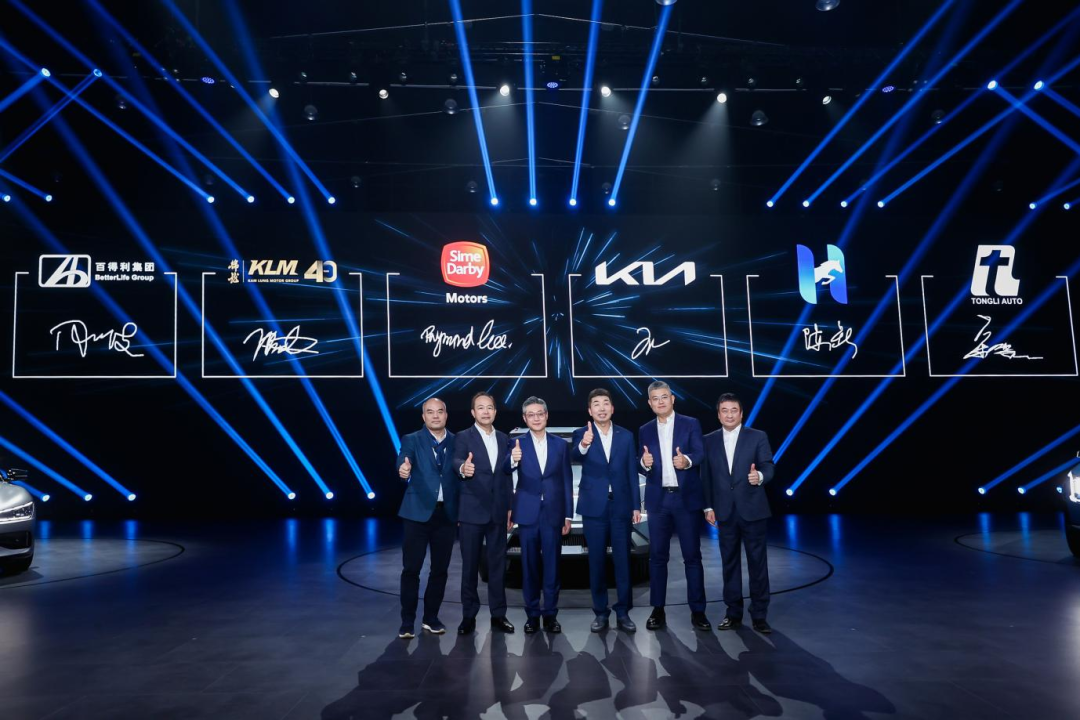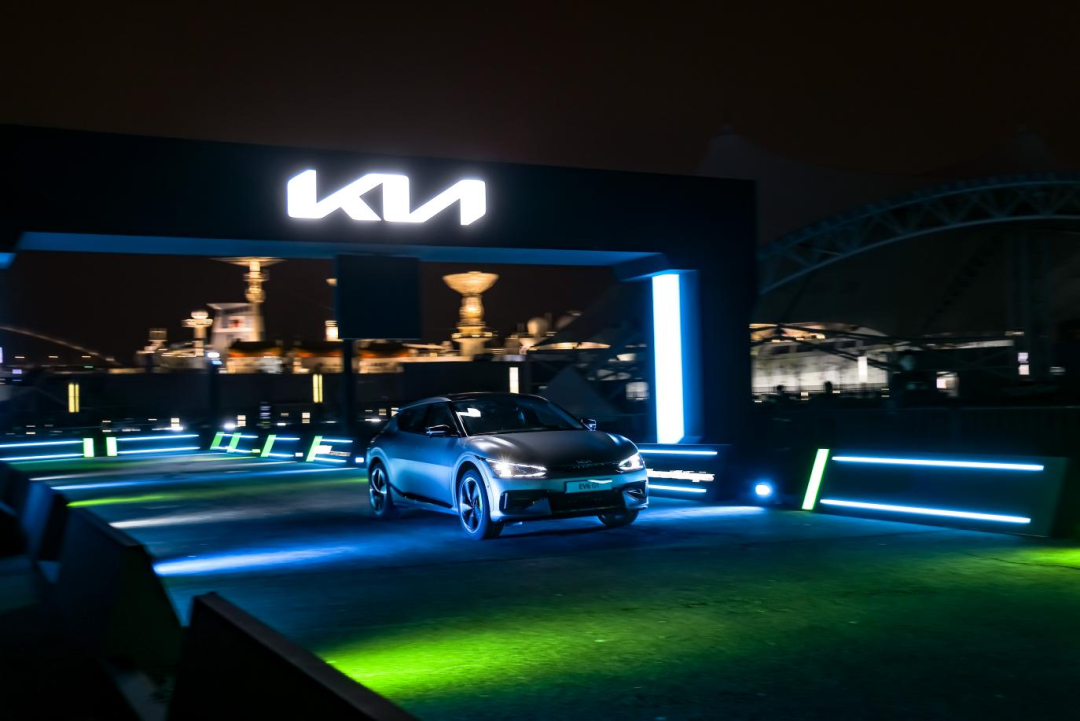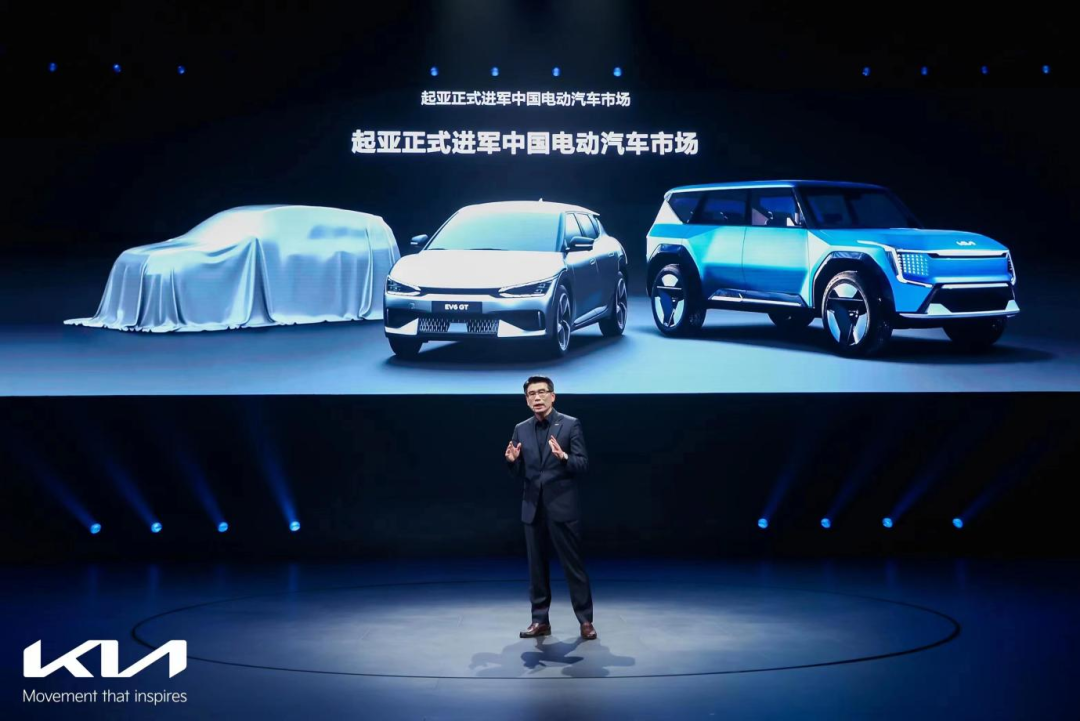Author: Michelin
Recently, joint venture brands have fallen off the pedestal in the eyes of netizens. First there was the “slow-motion” transition to electrification, and then there was the recent strong subsidies in the price war. If we were to rank the order in which joint venture brands have fallen off the pedestal, then the first to fall must be the Korean brands.
Ten years ago, Korean brands were dominant in the domestic market due to their fuel economy and price advantages. In 2016, Kia sold over 650,000 vehicles in the Chinese market, but by 2022 this number had decreased to only 94,000. In the past few years, it can be said that Kia has “disappeared” from the Chinese market.
On March 20th, Kia held a new energy strategy launch event. Without this event, it would have been difficult for us in the Chinese market to feel that Kia sold 2.9 million vehicles worldwide in 2022, ranking 7th in global automotive brand sales. Hyundai Motor Group, which Kia is a part of, was even more impressive, ranking third in global automotive group sales in 2022, behind only Toyota and the Volkswagen Group.
At this launch event, Kia’s global CEO, Song Ho-sung, made his first visit to China in three years, and Kia officially announced its entry into the Chinese electric vehicle market, returning to the mainstream battlefield.
Will Kia’s first shot at electrification help it regain its former glory?
Pure electric vehicle goal: 1.6 million units sold by 2030
“By 2030, we aim to sell 1.6 million pure electric vehicles.” This is the goal set by Kia for its “comprehensive electrification transformation.”
To be honest, this goal is not exaggerated. In 2022, Kia sold 487,000 pure electric vehicles globally. To sell more than three times that amount in the next 7-8 years, this goal is quite practical compared to the transformation plans of other traditional brands.
However, the challenge in China’s new energy strategy is not small. For the Chinese market, Kia plans to launch at least one pure electric vehicle based on the electrification global modular platform E-GMP every year starting from 2023. By 2027, a total of six EV models will be launched. By 2030, the goal is to achieve annual sales of 180,000 EV models, with a sales ratio of 40%.In the just-concluded 2022, it is worth noting that Kia’s only pure electric vehicle sold in China was the Kia K3 EV, with sales of less than 1000 units per month. To achieve its goals, Kia needs to rely on new models.
Therefore, at the launch event, Kia showcased three electric vehicles: the global debut of the all-new EV5 concept car, the EV9 concept car, and the successful EV6 GT already proven in the European and American markets.
At the 2021 Guangzhou Auto Show, we saw the debut of the EV6 concept car, with a body size of 468018801550mm and a wheelbase of 2900mm. As the first mass-produced car on the E-GMP electric platform, the EV6 GT adopts an 800V high-voltage pure electric platform. The battery pack can be charged from 10% to 80% in just 18 minutes. The dual-motor four-wheel drive can achieve 585 horsepower, accelerating from 0 to 100 km/h in 3.5 seconds. The high-speed motor with over 20,000 rpm can support a top speed of 260 km/h.
At the time, this car was quite competitive in terms of performance and configuration, with its off-track performance rivaling that of the Model 3 Performance. In fact, the sales performance of more than 200,000 vehicles in overseas markets directly proves its product strength.
However, two years later, entering the Chinese market, the EV6 GT is somewhat late. In the Chinese electric vehicle market in 2023, it is difficult to gain overwhelming advantages in terms of the 800V high-voltage platform, ultra-fast charging technology, and 585 horsepower performance. Moreover, the EV6 GT, with a price of over 60,000 US dollars (about 410,000 RMB) and the blessing of pure import tariffs, is destined to be a “niche car model” in the current highly competitive Chinese market.### Kia’s New Energy “Counterattack”
The Kia EV6 GT is a “muscular” model, while the EV5 and EV9 are the truly mainstream vehicles. The Kia EV5 concept car, which made its global debut, will be mass-produced and launched in China this November, and will be available worldwide. As a mid-size pure electric SUV, the EV5 will be built on the E-GMP platform, and the range of the long-range version will exceed 700km. In addition, fast charging times are expected to be less than 20 minutes and it is likely to feature an 800V high-voltage platform and ultra-fast charging technology.
The Kia EV9 is a large flagship pure electric SUV, also built on the E-GMP platform and equipped with 800V high-voltage fast charging technology. The length of the vehicle will be over 5 meters, and the wheelbase will be over 3.1 meters. It adopts the popular domestic 3×6 layout with six large seats. Kia claims that the EV9 will be the first vehicle to feature the HDP highway automatic driving system, which can achieve level L3 automatic driving. The mass-produced version of the vehicle will be launched domestically in 2024.
The launch of these two models in China can be seen as a first battle for Kia’s electric vehicles and pure electric platforms in China.
In addition to the launch of these three models, Kia will launch an entry-level pure electric SUV by 2025, a high-end electric sedan based on a new generation of electric vehicle-specific platforms by 2026, and a mid-size SUV by 2027 to respond to the trend of EV segmentation in the Chinese market.
At first glance, Kia seems to have made a big move with the launch of three pure electric models, but looking at the timeline for their launch over the next two years, Kia’s actions are still quite cautious, even the most popular entry-level SUV won’t be unveiled until 2025.In 2022, Kia’s sales in the Chinese market accounted for 3.7% of global sales. This figure may help us understand Kia’s cautious product strategy in the domestic market.
Apart from products, Kia has accumulated considerable technical expertise in electrification and intelligence. Compared to other traditional brands, Kia has a mature modular electric platform, the E-GMP, and the EV6 model based on the E-GMP platform has already been released, laying the foundation for Kia’s future launch of a matrix of pure electric vehicle models.
Furthermore, Kia also possesses e-Corner module new-generation technology, which, through four-wheel independent 180° rotation, can achieve lateral vehicle movement and 360°turning in place. This 360-degree turning in place and lateral movement technology, which was displayed by Hyundai following Byton’s unveiling ceremony, seems to be a signature technology of Hyundai-Kia.
In the fiercely competitive field of intelligence and digitization in China, Kia plans to launch L3-level automatic driving technology in 2024 and gradually expand the applications and popularity of autonomous driving technology, high-end autonomous driving, and so on. By 2025, Kia aims to achieve “software-defined cars” for all its vehicle models.
In the past year, domestic independent brands’ highway navigation assistance has gradually landed, and since 2023, urban navigation assistance functions have been gradually opened. For an intelligent electric vehicle coming out in 2024, whether it has L3-level automatic driving ability means whether it has intelligence competitiveness. Of course, behind the function, how to provide an excellent experience for Chinese road conditions and driving habits is Kia’s “shortcoming” to be improved compared to local automakers.
Therefore, Kia plans to continue to develop more electric vehicle products that meet the needs of Chinese users through the China Forward-looking Digital R&D Center, and establish urban center store Kia City Store by upgrading SI 2.0 for its nationwide dealer stores, and cooperate with Shell to build brand fast-charging stations equipped with 800V quick charging piles, and launch online brand APP to improve sales and service systems.
Product, technology, intelligentization, and service, Kia has made a comprehensive response in the aspects of electrification and digitization. These actions may be routine for independent brands, but for a joint venture brand, these measures have taken Kia a big step forward and brought it closer to Chinese consumers.
Finally
“In the future, Kia China will steadfastly promote the new energy strategy announced today and strive to become a leading electric vehicle brand in the Chinese market.” This is the goal proposed by Kia China General Manager Jin Kyung-hyun for the future.

The release of the new energy strategy has already launched Kia’s electrification and counterattack to the Chinese market. However, based on the current product planning, it is likely that it will take until 2025 or even 2027 for locally developed products to be unveiled. In the fiercely competitive Chinese electric vehicle market, how much time will Kia, a joint venture brand of electric vehicles, have left for itself?
This article is a translation by ChatGPT of a Chinese report from 42HOW. If you have any questions about it, please email bd@42how.com.
